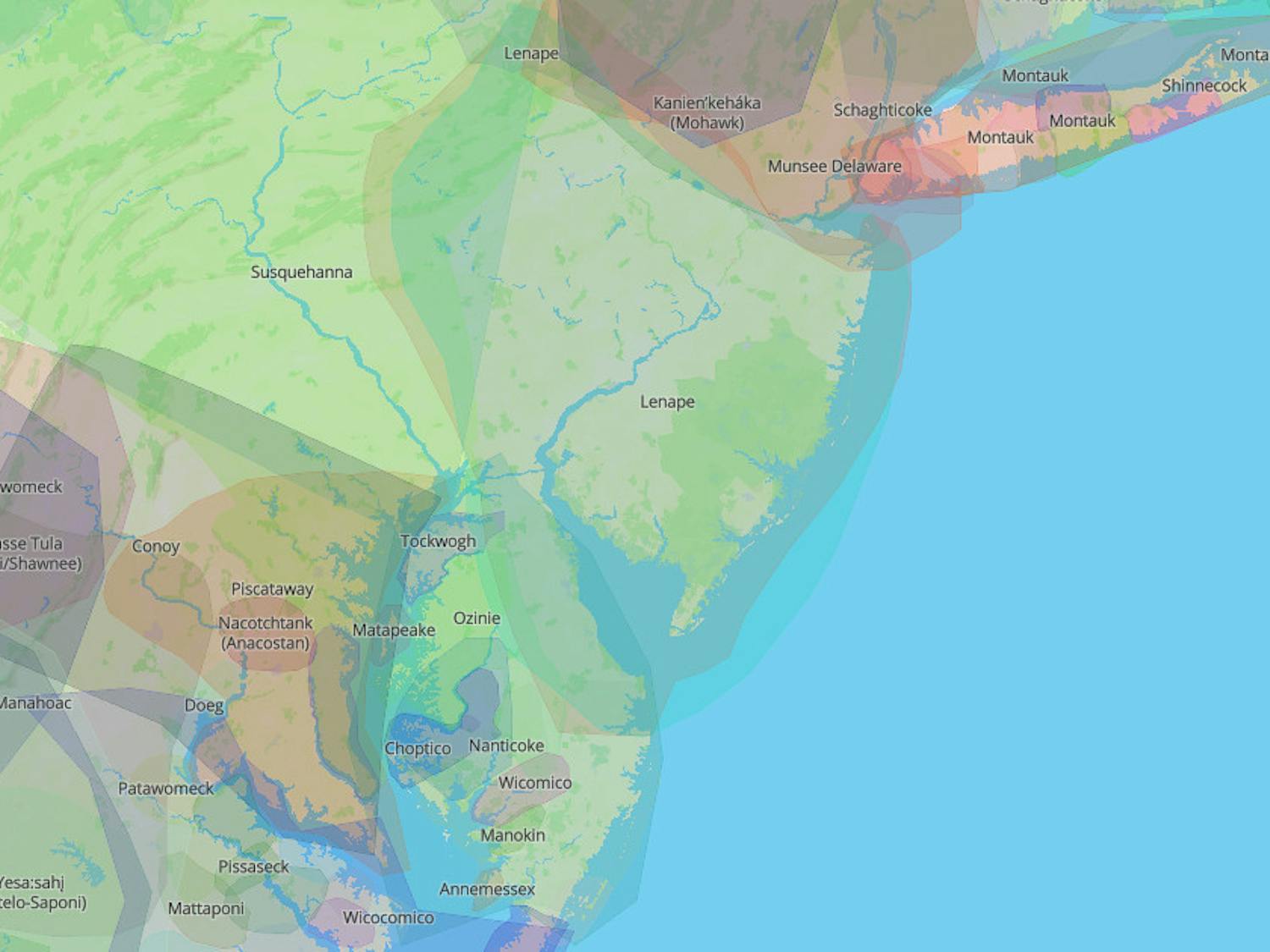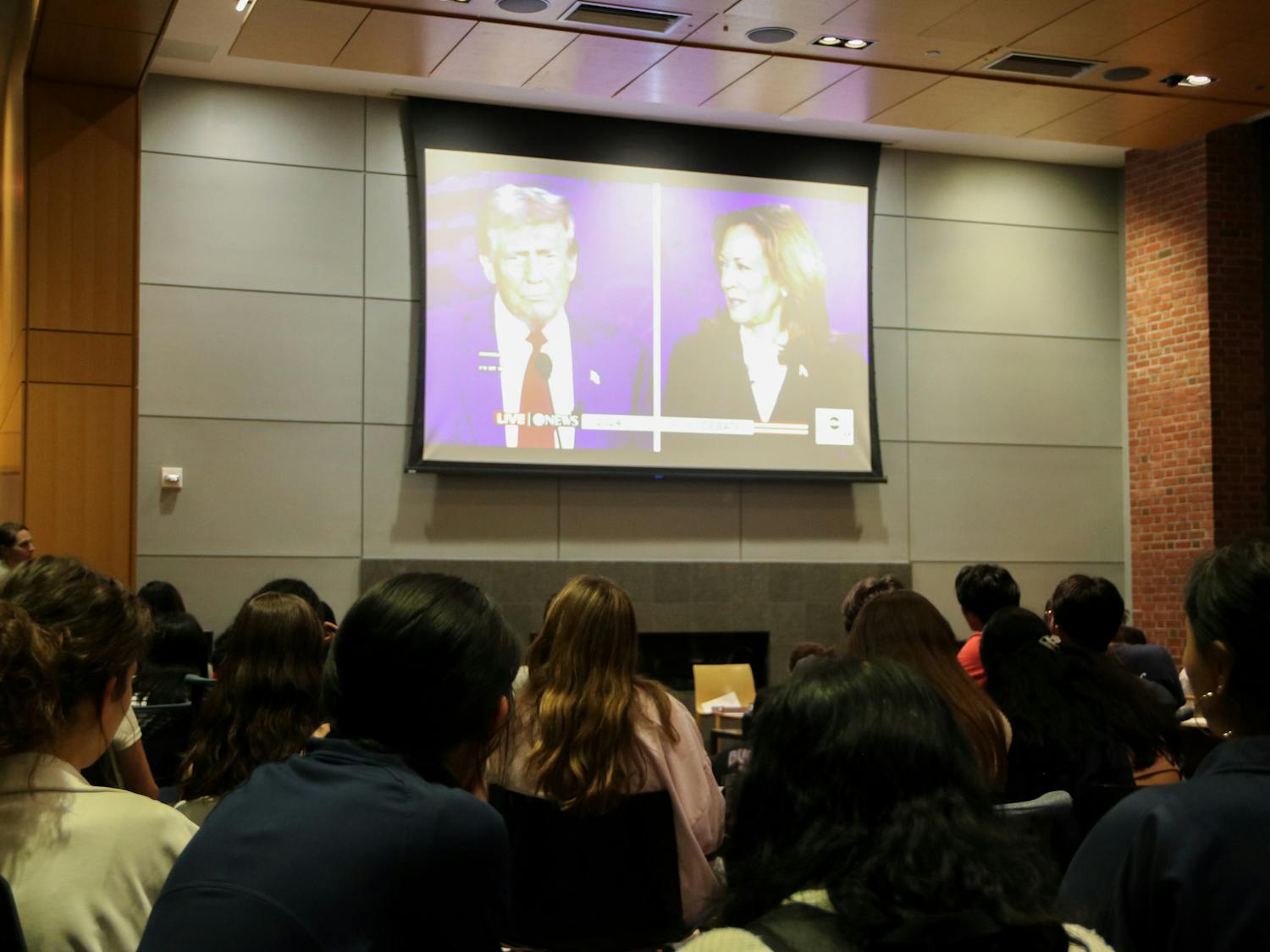Sixteen years ago, an event occurred in West Philadelphia that changed the shape of Penn's history. The traditionally white institution recognized the need to build and support minority communities by creating a resource center that specifically provided for their needs. A small, unrenovated building on the north end of campus was designated as this center. After renovations, several structural changes and a somewhat broader mission, the Greenfield Intercultural Center is in full force. Its evolved to encompass the needs of a vast population of students, faculty, staff and residents of the community. And new programs are offered and new opportunities exist for people of all different backgrounds. So what? The buzzwords flying around Penn these days are usually "self-segregation," "PC" and "racial sensitivity." People sit around at Xando or Houston Hall and wonder why they are always in groups that often contain people that are mirror images of themselves. Does anyone have an answer for that? These past few weeks, like most other weeks, there has been a conversation on the pages of the DP about diversity and multiculturalism. But how PC is too PC? Why do we create homogenous environments for ourselves and what does that mean in the context of our experiences at college and later, in the outside world? Many of us came to Penn because of numbers. The "diversity" here was incredibly inviting, and we expected to be accepted by our peers regardless of race, gender, religion or sexual orientation. Were we? When we came to Penn, were we clumped into those easy categories? Did that make it easier to hang out with people that were like us? Maybe we feel intrinsically more comfortable among people with similar backgrounds. Maybe we feel that they understand us and provide a better support system. We all benefit from people who understand our struggles and can offer empathy as well as sympathy as we deal with real life issues of racism, sexism and heterosexism. Maybe we desire change but are too comfortable to do anything about it. Maybe it's easier to write letters or columns in the DP than to actually make an effort to change our social situations While "self-segregation," as it is called, plays a positive role in so many peoples' lives, it is not the be-all and end-all of human interaction. We have to search for the balance between security and the challenge of breaking down barriers to a kind of communication that will open us to new perspectives. There is a forum for cross-cultural alliances on this campus -- in fact there are many of them. While it is easy to complain about the lack of diversity at Penn, those who complain rarely reach out to find the available options. The GIC houses several such groups, allowing students to meet with people from vastly different backgrounds than their own. PACE, Programs for Awareness and Cultural Education, is designed to train students to increase cross-cultural awareness and facilitate dialogue across many dimensions of human interaction -- including gender, race, sexual orientation, religion and class. The United Minorities Council is an umbrella organization that encompasses the political agendas of many people of color at Penn and in a broader context. Alliance and Understanding is a forum for black-Jewish dialogue across a wide spectrum of issues. PACE, the United Minorities Council and Alliance and Understanding are just three avenues of pursuing the diversity many claim Penn lacks. For those of you that are complaining, apply to PACE or AU, come to a UMC meeting or just stop by the GIC and see what's going on.
The Daily Pennsylvanian is an independent, student-run newspaper. Please consider making a donation to support the coverage that shapes the University. Your generosity ensures a future of strong journalism at Penn.
DonateMore Like This
Abhiram Juvvadi | Who actually matters at Penn?
By
Abhiram Juvvadi
·
10 hours ago
Sohum Sheth | It was never just about land
By
Sohum Sheth
·
Yesterday
Bo Goergen | Penn is not on stolen land
By
Bo Goergen
·
Dec. 2, 2025








